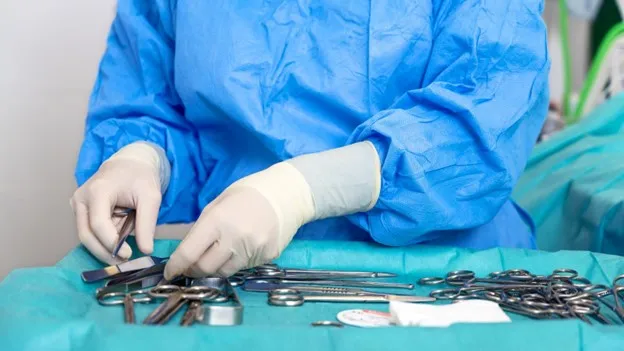MSNCB CMSRN (CMSRN) Practice Tests & Test Prep by Exam Edge - Blogs
Based on 25 Reviews
- Real Exam Simulation: Timed questions and matching content build comfort for your MSNCB CMSRN test day.
- Instant, 24/7 Access: Web-based MSNCB Certified Medical Surgical Registered Nurse practice exams with no software needed.
- Clear Explanations: Step-by-step answers and explanations for your exam to strengthen understanding.
- Boosted Confidence: Reduces anxiety and improves test-taking skills to ace your MSNCB Certified Medical Surgical Registered Nurse (CMSRN).

Exam Edge Blogs for MSNCB Certified Medical Surgical Registered Nurse

What Score Do You Need for Med-Surg Certification?
Medical-surgical nursing (med-surg) is the most common specialty for registered nurses and is considered the entry-level position for most RNs getting...
Read MoreExam Edge Blogs for MSNCB Certified Medical Surgical Registered Nurse

What Score Do You Need for Med-Surg Certification?
Medical-surgical nursing (med-surg) is the most common specialty for registered nurses and is considered the entry-level position for most RNs getting...
Read More

